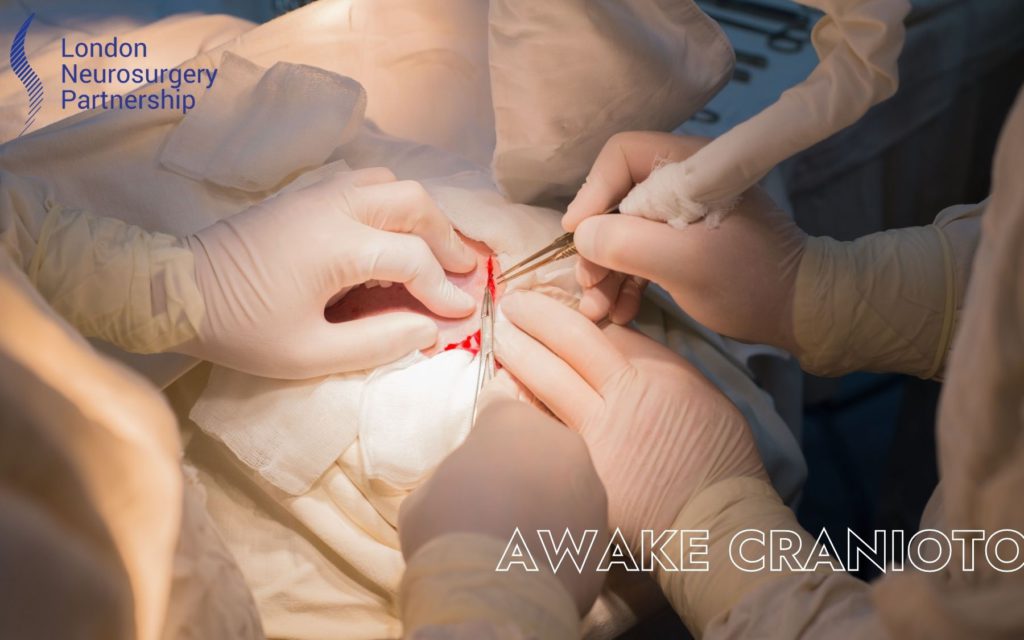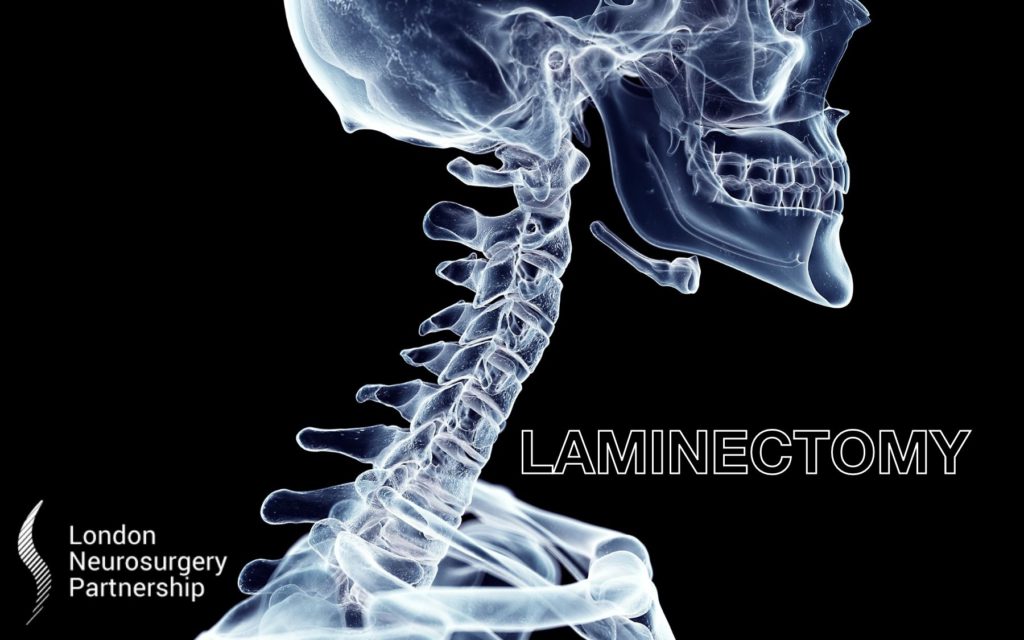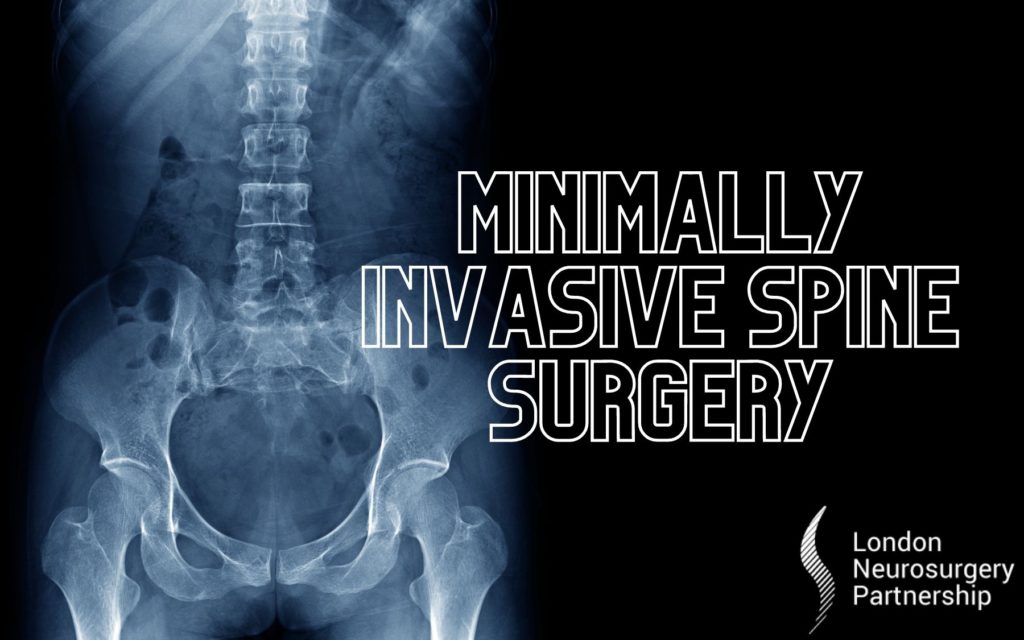
Professor Ashkan explains what’s what with awake brain surgery. An awake craniotomy is a type of surgical procedure performed on the brain whilst the patient is awake. Surgery like this is necessary because the patient may have a tumour near the speech/motor parts of the brain.

Why does the patient need to be awake?
It is important the patient is awake because it allows us to continually check the patients function throughout the procedure. We may need to talk to the patient and ask them questions to monitor the activity in their brain before anything is incised or removed.
What are the risks?
Craniotomies do carry risks, but so does all surgeries. Here are some general risks when performing this surgery, although it does differ from patient to patient and some risks will be greater than others depending on the patients’ health.
- Seizures
- Speech and learning difficulty
- Impaired coordination and balance
- Visual changes
- Swelling to the brain
- Infection
- CSF leak
- Memory loss
- Meningitis
What happens during surgery?
Here is a common example of a craniotomy: Firstly the patient will be given some drugs to make them feel relaxed and numb around the area of incision. A small part of the hair will be shaved and the incision will be marked out using high quality neuronavigation equipment. The patients head will be in a fixed position to ensure accuracy but they are still able to move their arms and legs during the procedure. Drapes will be placed around the patient but they will still be able to see and speak to the surgical team.
During the first part of the procedure, the anaesthetist will make sedate the patient whilst we drill and open the skull. Once opened, the sedation will stop being administered so the patient is awake during the craniotomy.
Using pioneering brain mapping which sends tiny electrical probes to the brain surface. We will map out the important areas of the brain by stimulating the motor, sensory and speech regions so we can avoid and preserve them during surgery. We will continually test these regions while we remove the tumour from the brain.
Once the tumour has been removed and bleeding stopped then sutures will be applied to close the dura and the scalp will be closed. Staples to close the skin together and a wound dressing applied.
How long will my hospital stay be and what is the recovery process?
Depending on how straight forward the surgery went, the patient may only need to stay in hospital for a couple of days if not less. The first night will be in ITU so they can be closely monitored. The patient will be able to mobilise as soon as possible and eat and drink as normal. A post-operative scan is likely to take place before discharge to check the operation site.
The recovery does take a couple of weeks and patients are advised to take some time of work. Upon discharge you will be given some medication as some pain may occur, like a headache for example. A lot of rest is needed as the patient will feel more tired than usual.
The patient will have another postoperative scan and follow up to check the progress and operation site.
Mr Francesco Vergani explains more about awake craniotomy.

This article is intended to inform and give insight but not treat, diagnose or replace the advice of a doctor. Always seek medical advice with any questions regarding a medical condition.





0 Comments